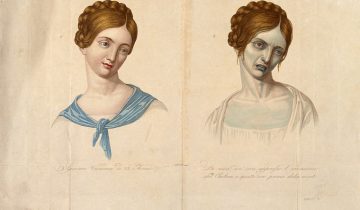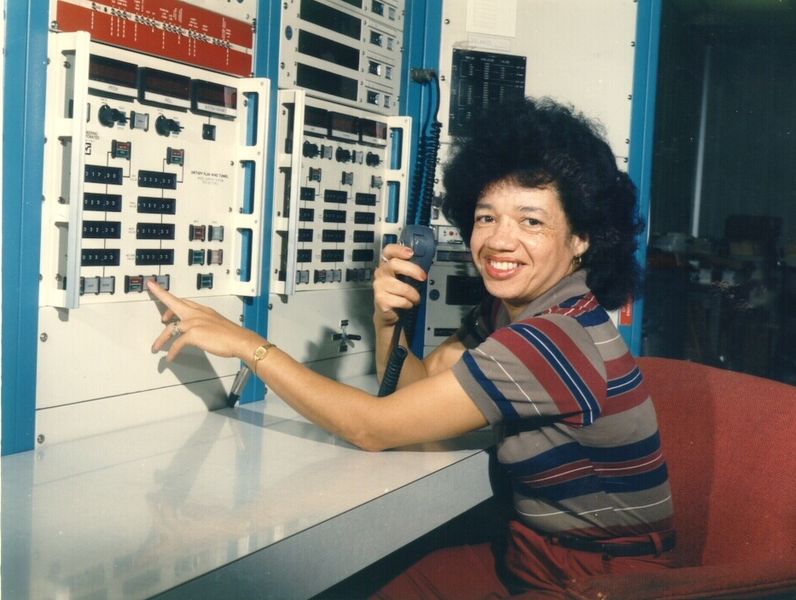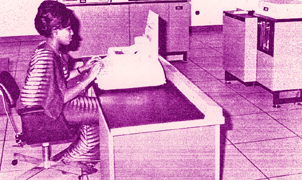In an essay of no less than 900 and no more than 1500 words, tell me what value the theories we’ve
learned about so far in class have for your understanding of present day technologies. Use specific
examples from the class texts (at least 5) and specific examples from your own experience (at least 3).
Remember to leave an extra line of white space between your paragraphs so your paragraph breaks
remain visible after you’ve uploaded your essay as a comment to this post. Your comment will not be visible until I approve it, so don’t worry if it doesn’t show up immediately. Due Feb 23 by 11pm.




In reference to the reading materials for this class thus far, I have a deeper understanding of the concept of black boxes and how that works. Most contemporary and modern technologies are, in theory, black boxed from the general public. This black box contains the unknowns and hidden internal components that convert an input to output. Technological designers and engineers, along with the users, are not necessarily the inventors or the intended user of the technology. Technology still continues to quickly evolve and grow. Questions arise around the intention of the design and application. Modern technology has been drastically altered through third party groups. In general, these groups are much more complex when it comes to the user relation with the designer. There are many examples of modern technologies that were built with mischievous intentions.
What is a black box? With the fact that a majority of modern technology are black boxes, it is important to understand what a black box is. In reference to Latour’s reading material, “Where Are the Missing Masses? The Sociology of a Few Mundane Artifacts,” he provides examples of how technology replaces humans. Therefore, this technology eliminates morals, emotions and the purposes of completing common tasks. Throughout his article, Latour proceeds to describe these technology replacements are inherently descriptions of technological black boxing. He gives specific details and descriptions such as “the hydraulic groom does its job well, closing the door behind you, firmly and slowly,” (Latour, 11). In this case, a hydraulic door groom is depicted as a black box. In theory, if a user wanted to keep a door open, they would be challenging its predetermined function. In order to do so, the user will be required to make modifications. However, these modifications also require appropriate training and knowledge. An untrained individual risks the chances of getting hurt or breaking the item. In this case, the hydraulic door groom is a great representation of a black box.
Black boxes are also used to keep technological purposes secretive on a larger scale. I interned for BAE Systems, a global defense contractor. In specific, my office worked for the Navy. I assisted the engineers and scientists for many defense programs regarding LIDAR technology and imaging. Although I designed mechanical features for these projects, I was not provided with a high enough security clearance in order to observe the internal components of these technologies. In other words, I was not able to access their Secret or Top Secret information. Black boxes are effective by hiding the basic technological intentions as well as blocking users from altering its capabilities and functions. Technological designs are continuously evolving through an increasing amount of newly invented black box technologies.
Dating back to the early 20th century, technology was simpler in design and modifications were more accessible for the users to appropriately fit their needs. According to Pinch and Kline’s article, “Users as Agents of Technological Change: The Social Construction of the Automobile in the Rural United States,” they observe the automobile’s integration with rural communities. This was done through social construction of technology. This is essentially when a user modifies a technology to suit their own needs. “[Historians] have described in passing how farm people used the car or modified it for purposes not intended by manufacturers… In this essay, we turn these assumptions around and argue that users of technology acted as agents of technological change,” (Pinch and Kline, 3). Pinch and Kline both wanted emphasize the influence rural users had on automobile development. In their article, they describe how cars were used as mobile power sources and a way to transport their goods. Eventually, Ford began producing their own modification kits in response to how farmers were manipulating their technology. However, by the 1950’s, technology gradually shifted, limiting the amount of modifications a user can make to a design. In the article, “In Pursuit of Standardization,” Woods and Watson represent an alternative design approach, in which a third party group becomes influential on the design and standardization of the wheelchair. The British government strived to develop a standardized wheelchair that reduced the cost of production, cut down hospital storage space, and to be lightweight. The Model-8F was a black box of wheelchair technology from its actual user, therefore making input negligible. Now we notice that current technologies state that any technological modifications or “tampering” will void warranties.
There are many examples of the basic intentions of technology as history progresses on. An example of this would be Robert Moses’s bridges where he built highways and bridges to “favor the use of the automobile over the development of mass transit.” (Winner, 5). Another example from Winner was mentioned in which preventions were made in minority communities of New York from accessing certain areas of the city through their reliance on mass transit. This design certainly did more harm than good as the primary users had no influence on it. In addition, the intent of a technology isn’t only controlled or manipulated by the technology designer. Dorothy Roberts supports this theory within her book, Killing the Black Body. She states that “the new contraceptive (Norplant) was instantly embraced by policy makers, legislators, and social pundits as a way of curbing the birthrate of poor black women,” (Roberts, 4). It was most concerning and disturbing to understand that the new contraceptive was a means of reducing the growth of the black community. However, this product also posed to a threat to multiple communities. Relating this event to this current day, there are still possible malicious intentions being presented here in Chicago. For example, ads are displayed for Chicago’s CTA buses and train systems. In some cases, there are ads for condoms that promote birth control and STD prevention. So going back to Moses’ use of bridges and the intention of limiting the mobility of lower classes and efficient transportation, it is possible that these current day advertisements are potentially producing similar effects to the push of Norplant on black women. Continuing a push towards black boxing technology can lead to similar situations to the ones presented above. Essentially, not all points of reference are being considered within the creation or development of a certain technology. These other points of reference may be just as, if not more, important as the ones designing this technology, instead of greedily overlooking past these people.
Technology can be swiftly modified to adapt to a group’s needs whether these needs are good or bad. Unfortunately, technological designer trends and governments black boxing these technologies from the users can potentially cause harm to society. This also depends on how society reacts, supports, and interacts with these technologies. Through the materials and exercises conducted for this class, I have developed a new perspective of modern technology. Initially, I was somewhat ignorant and unaware of these black box systems. But understanding this point of view allows me to understand the purposes of a technological advancement in many ways. In most cases, I’d like to assume that the purposes are intentionally positive and helpful to humans. Unfortunately, these are black boxes and the main purpose can always be hidden, and therefore, can ultimately cause harm.